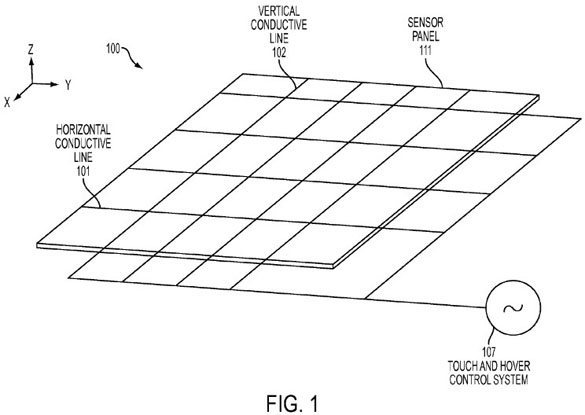Apple Patents ‘Touch and Hover’ Sensing, Embedded Heart Rate Monitoring
Just in time for the gift-giving season, the United States Patent and Trademark Office has granted two patents to Apple - one of which was filed way back in 2008.
The first patent is number 8,614,693, titled "Touch and hover signal drift compensation". While its name is pretty self-explanatory, the technology behind it is anything but. The ultimate idea here is that a display, either on a phone or some other device, could detect when a finger is hovering over the device, either as an action itself, or as a preface to tapping on something.

With something like this, there are an enormous amount of variables that Apple has to take into consideration. An obvious issue could occur when someone hovers over a device but has no planned immediate action (eg: a game where the user might be hovering their finger over the device when thinking of where the screen should be tapped - common for puzzle games). Other things must be taken into consideration as well though, such as temperature, humidity and anything else that could cause the signal to be skewed.
Exactly how Apple is planning to utilize this patent, we're not sure. One simple example I could see is if a phone, such as the iPhone, can detect from a hover that you're about to click on an app. In this case, the phone might be able to launch the app before you even physically touch it. The amount of time saved would be small, but the experience could potentially be improved.

Apple's other patent, number 8,615,290, is "Seamlessly embedded heart rate monitor". Again, this one pretty much speaks for itself, but the potential uses for it are up in the air. In the simplest case, Apple could embed a heartrate monitor into its mobile devices which would offer some big perks to those who need to make use of them (workouts come to mind). Alternatively, a heartrate monitor like this could be embedded in an iWatch, which again could offer some major perks. While heartrate monitors are far from new, Apple's implementation is, and given its potential, we'd hope it wouldn't be kept an Apple exclusive for too long.

